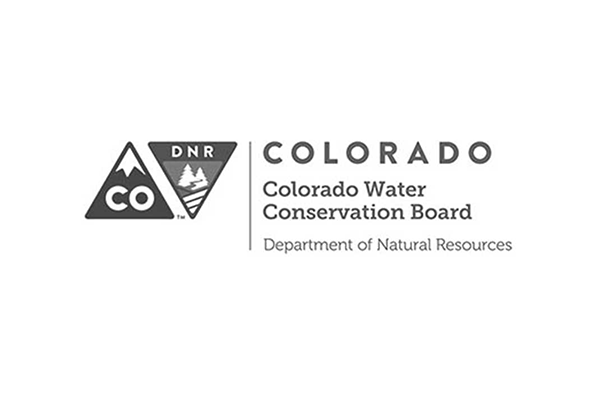DENVER – June 9, 2016 – Even with its soaring population Colorado has more than enough water, but only if it manages it wisely. That was a recurring theme from the second annual Watershed Summit 2016, which took place today at Denver Botanic Gardens.
With more than 250 water industry leaders participating, speakers shared insights on climate resilience planning, watershed health, sustaining agriculture, and the future of water conservation. Governor John Hickenlooper reinforced what’s at stake.
“Watersheds are issues of primary importance,” said Governor Hickenlooper. “We need to recognize the risks that climate change can bring, and what it means for our snowpack. Water issues have a long lead-time and we need to get out ahead of it or we’re going to regret it later.”
In 2015 Colorado launched a statewide Water Plan to prepare for future needs. Experts warn that Colorado’s population could nearly double by 2050, which could further strain limited water supplies.
“Water issues are getting more complex and are intertwined,” said Neal Lurie, president of the nonprofit Center for ReSource Conservation, one of the event organizers. “Watershed Summit 2016 broadened the conversation and distilled down the issues to share what’s working.”
Regional planning is key. Some years see drought, fire, and floods in a single year. But participants reinforced that, even in years where there aren’t natural disasters, there still is a need for collaborative action to meet mutual goals.
“We need to work together to find creative solutions,“ said Russ Sands, City of Boulder’s watershed sustainability supervisor. “By breaking down silos and leveraging efforts that meet multiple goals we can work to become more resilient communities.”
While current snowpack levels and water supplies are good in many parts of Colorado, water managers have seen conditions change quickly.
The region is also challenged by its varied terrain and ecosystems but sustainability leaders are united in the effort to preserve it.
“Conservation plays a big role in protecting natural habitats,” added Jennifer Riley-Chetwynd, director of marketing and social responsibility at Denver Botanic Gardens, which hosted the summit. “We’re not just planning for today — we’re helping to preserve Colorado’s quality of life for future generations.”
The event was organized by a consortium of water leaders from the Colorado Water Conservation Board, Denver Water, City of Boulder, Aurora Water, Center for ReSource Conservation, Denver Botanic Gardens, and MSU Denver’s One World One Water Center.
About the Center for ReSource Conservation:
Founded in 1976, the Center for ReSource Conservation (CRC) is a 501c3 nonprofit social enterprise dedicated to putting conservation into action. Its programs serve more than 70,000 community members each year and make it easy to conserve water, energy, and materials. Learn more at resourcecentral.org.
About Denver Botanic Gardens
Green inside and out, Denver Botanic Gardens was founded in 1951 and is considered one of the top botanical gardens in the United States and a pioneer in water conservation. Accredited by the American Alliance of Museums, the Gardens’ living collections encompass specimens from the tropics to the tundra, showcasing a plant palette chosen to thrive in Colorado’s semi-arid climate. botanicgardens.org.












